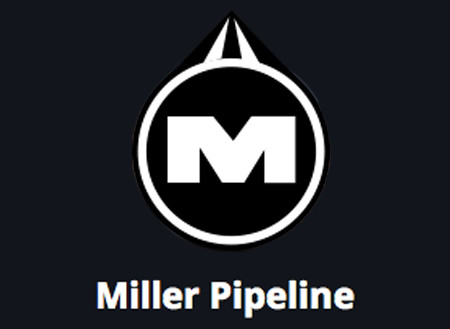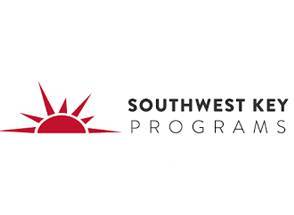

on me”, as my now father-in- law peered through the thoroughly fogged over windows in search of his daughter –my lovely bride of 32 plus years. I’ve been hooked on her ever since.

OK, thanks for allowing me that little cruise down Nostalgia Lane. Now let’s get back to saving the auto industry. Obviously, we’re going to need some real leaders to pull it off. And, it should be equally obvious that the current leaders of the Big 3 need not apply. Better yet, no current or past (a.k.a. Lee Iacocca) automotive executive should be considered for the top job. Just as when Lou Gerstner took over the reins of IBM (1993) when nobody but an unaffected outsider could have saved Big Blue from singing the bankruptcy blues, so too the American auto industry needs a mega dose of outsider perspective. Chrysler got it half right when they brought in industry outsider, Bob Nardelli. But, apparently the search committee didn’t notice the $200 million golden parachute that landed Gnarly Bob safely in Detroit after taking Home Depot shares down 20% during his five year flight to nowhere. Maybe GE will oust Jeff Immelt and give Nardelli the top job he thought he deserved before leaving in protest?

Surely Cisco CEO, John Chambers, is tired of wandering in the wilderness far below the peak of Mt. Dot Com? Since reaching the summit in March of 2000, Cisco’s stock has lost 80% of its pre dot com bubble bursting value. Few blame any of this precipitous fall on Chambers. In fact, many believe (me among them) John Chambers to be the most capable CEO in the world today. What could possibly lure him to take the wheel of a born again American Motors? How about a challenge of epic proportions? A payout that could make him a billionaire many times over? Perhaps most importantly, a prominent place in history for having performed miraculous surgery on the backbone of our economy. Moving the executive suites from Detroit to San Jose wouldn’t hurt either. And if that’s not enough, tell John I’m available to carry his bags anywhere his mission of saving the American auto industry takes him.

possibilities are endless and should make this the most oversubscribed stock offering since the dot com crazy days. Next, we need a plan for re-training several hundred thousand unemployed former auto workers. Did I mention that the UAW no longer exists at this point in the story?

That’s right, if Uncle Sam wants to make a meaningful long term difference, then he should invest in the re-training of the American auto worker. It wasn’t that long ago that our rich uncle thought buying up $700 billion in bad mortgages was a great idea. Why not make the mortgage payments of displaced auto workers for a few years while they get back on their feet? There are currently less than five hundred thousand UAW members. If half of those are displaced while having a mortgage payment of $1,500, then Uncle Sam could cover every former UAW member’s mortgage for two years at a cost of $9 billion. And, for another $6 billion, American taxpayers could pay to retrain every displaced worker, assuming it takes $1,000 per month for two years to get the job done. Well, what do you know? That totals up to $15 billion…the minimum the Big 3 say they need to survive. Hmmm…





























































